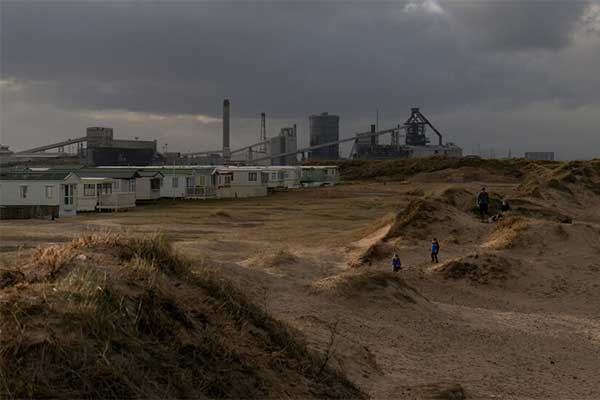The New York Times carries a feature piece by journalist Stanley Reed on the topic of Carbon Capture and Storage.
Carbon Capture and Storage (CCS) technologies involve the capture of carbon dioxide (CO2) from fuel combustion or industrial processes, the transport of this CO2 via ship or pipeline, and either used as a resource to create valuable products or services or its permanent storage deep underground in geological formations.
CCS technologies provide the foundation for carbon removal or “negative emissions” when the CO2 comes from bio-based processes or directly from the atmosphere.
Reed introduces Andy Lane – ex-manager of the construction of enormous facilities for extracting and transporting natural gas – who is now working on the Teesside CCS project for BP.
Lane’s new role at the Teesside CCS project is storing carbon emissions from a group of chemical plants in northeast England in a reservoir under the North Sea.
The project is located in an area called Teesside along the River Tees.
The oil giant BP expects to have size on its side: The area is home to one of England’s largest clusters of polluting factories and refineries. By linking them together — collecting all their emissions by pipeline, and charging them a fee — BP hopes to achieve sufficient scale to make a profitable business of tackling their pollution.
Reed says what he does now essentially aims to reverse what he has spent much of his career doing. Adding that although CCS sounds deceptively simple, it has proved to be hugely expensive, and has not caught on as rapidly as some advocates hoped.
However he says that in the past month, Biden has promoted the idea, Exxon Mobil announced a $3 billion investment into low-carbon efforts including carbon capture, and recently Elon Musk promised a $100 million prize for the best carbon-capture technology.
Elon Musk, Microsoft and oil giants like Occidental and Exxon Mobil are investing in carbon capture technologies.
Reed says CCS is fast becoming a focal point of attention for the English government, and only recently, the country’s chancellor called the Teesside CCS project the future economy of England”.
Reed concludes by saying that if BP can put together a package including government support that provides sufficient profits for the company, the power plant could begin operating in around five years.












Comments